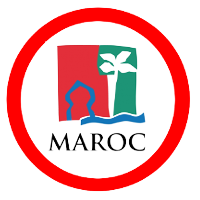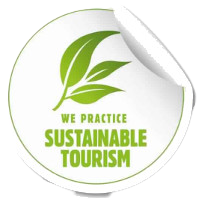Your Desert Adventure Awaits!
Sahara Serenity Tours offers unforgettable & Best Morocco Desert Tours
from vibrant cities to the serene Sahara, featuring expert-guided Morocco private Tours.
Sahara Serenity Tours offers best Morocco desert tours and private Morocco tours exploration of Morocco’s top destinations, beginning in Tangier with its historic medina. Visit Casablanca’s Hassan II Mosque, Marrakech’s vibrant souks, and the UNESCO-listed medina of Fez. Experience the stunning landscapes of Errachidia, all through expertly crafted and safe tours.
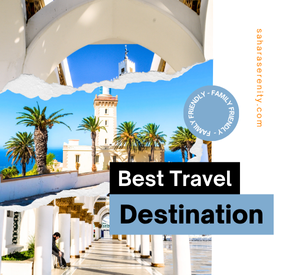
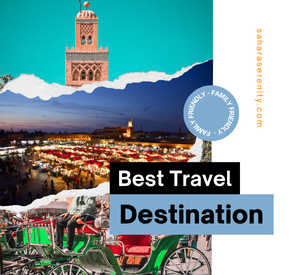
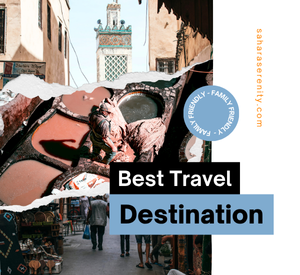
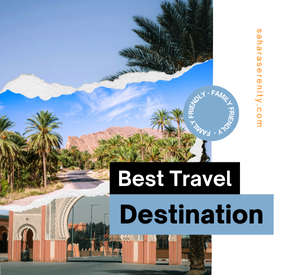
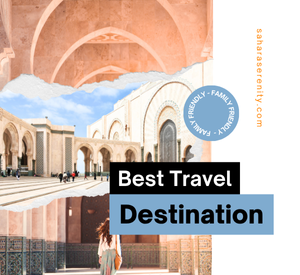
Immerse yourself in the captivating allure of Morocco with our expertly curated best Morocco desert tours, blending vibrant culture, stunning landscapes, and rich history. Experience the thrill of exploring bustling souks, savoring authentic cuisine, or journeying through the vast desert under a star-filled sky. Each tour is crafted to deliver unforgettable moments, offering a perfect mix of adventure, tradition, and discovery for an authentic Moroccan escape.
Discover the allure of Morocco with our carefully crafted Morocco tour packages that immerse you in its vibrant culture, rich history, and breathtaking landscapes. Explore Marrakech’s bustling markets, Chefchaouen’s serene blue alleys, and the Sahara Desert’s starry skies. Our customizable itineraries cater to all travelers, whether seeking luxury, cultural experiences, or adventurous hikes in the Atlas Mountains.
At Sahara Serenity Tours, responsible tourism is the heart of our mission. We are dedicated to crafting transformative travel experiences that celebrate the Sahara’s majestic landscapes, vibrant cultures, and unique wildlife while ensuring a positive impact on the environment and local communities. By traveling with us, you join a movement to preserve the desert’s natural and cultural heritage for future generations. Our commitment to sustainability, wildlife conservation, and community empowerment shapes every aspect of your journey, making it both meaningful and unforgettable.
